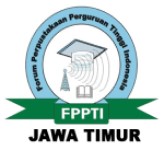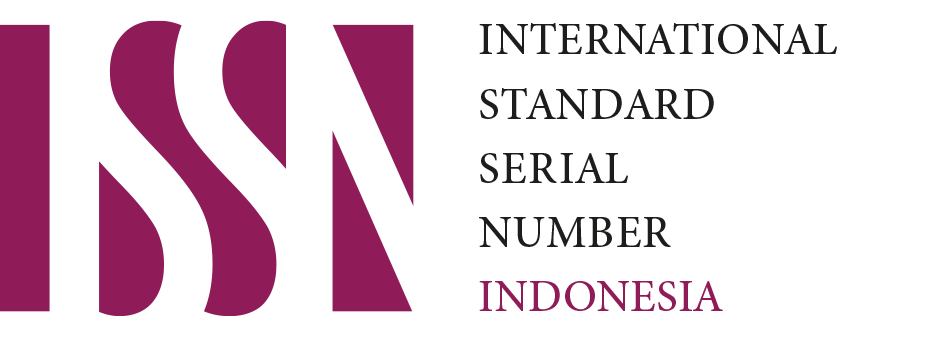Archive Records Management System (ARMS): Functional Requirement
Downloads
Background of the Study: This paper present the functional requirement in Archive Records Management System (ARMS) that provide a comprehensive record keeping management system based on the organization function according to the business activities and process.
Purpose: The purpose of this article is to describe the core functional requirement for record keeping system to support users in performing their task that related to electronic record management system.
Method: The method used in this article are based on the previous research, guidelines and standards.
Findings: Furthermore, this article similarly aim to evaluate and identify the core functional requirement of archive records management system based on the standards use. This article intent to make user aware towards the core functional requirement in managing electronic records system to fulfil the needs and meet based on proper requirements. Subsequently, through completion this article, the research limitation and difficulties in this study is there are too many requirement of electronic record keeping system available that make users are confused to differentiate between requirements. Meanwhile, the user does not know to choose the right requirement that meet organization function and activities. Other than that, it is quite hard to keep core functional requirement sustain in line with the compliance in organization.
Conclusion: The originality this article is to provide a clear content and original requirement based on Archive Records Management System implementation for record professional to recognize the high levels of competencies as well as effectiveness reflection in handling Archive Record Management System (ARMS).
Downloads
Bantin, P. C. (2008). Understanding Data and Information Systems for Recordkeeping. London: Facet Pub.
International Council on Archives. (2008). Principles and Functional Requirements for Records in Electronic Office Environments – Module 2: Guidelines and Functional Requirements for Electronic Records Management Systems, available at: www.ica.org (accessed 10 May 2018).
Modular Requirements for Records Systems. (2010). Volume 1: Core Services & Plug-in Modules Version 1.1 (accessed 10 May 2018).
NARA (US National Archives and Records Administration). (2005). NARA Guidance on Managing Web Records, available at http: www.archives.gov/recordsmanagement/policy/managing-webrecords-index.html (accessed 16 April, 2017).
National Archive Malaysia. (2012). Electronic Records Management Systems - System Specifications For Public Offices, Version 3 (accessed 10 May 2018).
National Archive New Zealand. (2010). Digital Recordkeeping Standard: Issued under the Public Records Act 2005, section 27 (accessed 10 May 2018).
Norwegian Archive (Noark). (2009). Standard for Record Management Version 2 (accessed 10 May 2018).
Packalén, S., & Henttonen, P. (2015). Recordkeeping Professionals' Understanding of and Justification for Functional Classification: Finnish Public Sector Organizational Context. Arch Sci Archival Science. doi:10.1007/s10502-015-9254-4.
The National Archive United Kingdom. (2002). Requirements for Electronic Records Management Systems, available at: www.pro.gov.uk/recordsmanagement/ (accessed 10 April 2017).
The National Archives of Scotland. (2013). Requirements for Electronic Records Management Systems, available at http://webarchive.nrscotland.gov.uk/20170106021747/http://www.nas.gov.uk/ (accessed 10 May 2018).
Universiti Teknologi Mara. (2017). Electronic Documents & Record Management System (EDRMS) [PowerPoint slides].
Yeo, G. (2011). Rising to The Level of A Record? Some Thoughts on Records and Documents. Records Management Journal, 21(1), 8-27. doi:10.1108/09565691111125071.
Department of Standards Malaysia. (2012). MS ISO 16175: Information and Documentation – Principles and Functional Requirements for Records in Electronic Office Environments – Part 1: Overview and Statement of Principles, Shah Alam, Malaysia: SIRIM Berhad.
Archives New Zealand. (2010). "Digital Recordkeeping Standard,”. http://archives.govt.nz/advice/continuum-resource-kit/continuum-publications-html/s5-digital-recordkeeping-standard.
Copyright (c) 2021 Fatin Nur binti Zulkipli, Saiful Farik Mat Yatin, Nurussobah Hunssai, Muhammad Syawal bin Mostakim , Tengku Nisa Zahirah binti Tengku Hisham

This work is licensed under a Creative Commons Attribution-ShareAlike 4.0 International License.
Record and Library Journal by Unair is licensed under a Creative Commons Attribution-ShareAlike 4.0 International License.
1. The journal allows the author to hold the copyright of the article without restrictions.
2. The journal allows the author(s) to retain publishing rights without restrictions
3. The legal formal aspect of journal publication accessibility refers to Creative Commons Attribution Share-Alike (CC BY-SA).
4. The Creative Commons Attribution Share-Alike (CC BY-SA) license allows re-distribution and re-use of a licensed work on the conditions that the creator is appropriately credited and that any derivative work is made available under "the same, similar or a compatible license”. Other than the conditions mentioned above, the editorial board is not responsible for copyright violation.



 57201398420
57201398420

























